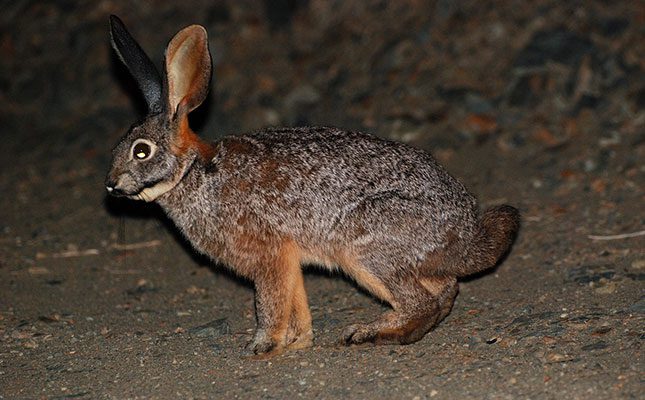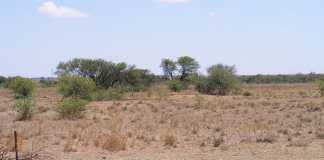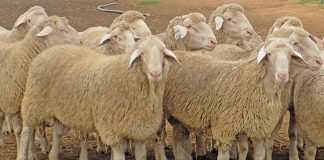
Photo: Keir Lynch
According to a statement by the EWT, the disease caused widespread mortalities of wild hares and domestic rabbits across the Eastern Cape and in the northern and western parts of South Africa between October 2022 and February 2023.
The EWT received several reports confirming that the disease had re-emerged. Bonnie Schumann, the EWT’s Nama Karoo coordinator for Drylands Conservation, told Farmer’s Weekly that cases were reported in Gauteng and in Knysna, the Langkloof and Malmesbury in the Western Cape in both wild and domesticated hares and rabbits.
Currently, no options are available for vaccinating wild hares and rabbits. A limited number of vaccines are available for domesticated rabbits, and pet owners are advised to contact their local veterinarians for more information. The vaccine is not registered for use in South Africa and is therefore not freely available yet. Owners need to engage with veterinarians to get access to the vaccine.
According to a directive from Western Cape Agriculture Veterinary Services, South Africa was previously free from RHDV2. It is a controlled animal disease in terms of the Animal Diseases Act (No. 35 of 1984).
Apart from domesticated rabbits related to the European rabbit, South Africa has the indigenous Cape hare, scrub hare, red rock hare and the critically endangered riverine rabbit, of which only hundreds are left.
Sudden death is the most striking sign of the disease, according to the directive. Other possible clinical signs include fever, inactivity and poor appetite. RHDV2 causes disease and mortality in young animals from 15 to 20 days old and is believed to have an incubation period of between three and five days.
The disease is characterised by primary liver necrosis, splenic congestion and a disseminated intravascular coagulopathy in all organs and tissues, causing hyperaemia of the trachea, oedematous lesions and congested lungs.
“RHDV2 needs to be managed effectively in South Africa as a large-scale decline in rabbit and hare populations would invariably impact negatively on ecosystems. That is why it is vital that all suspected cases of the disease must be reported. Small game, such as rabbits and hares, formed an essential part of the food chain as prey for predators, including jackals and caracals,” Schuman added.













